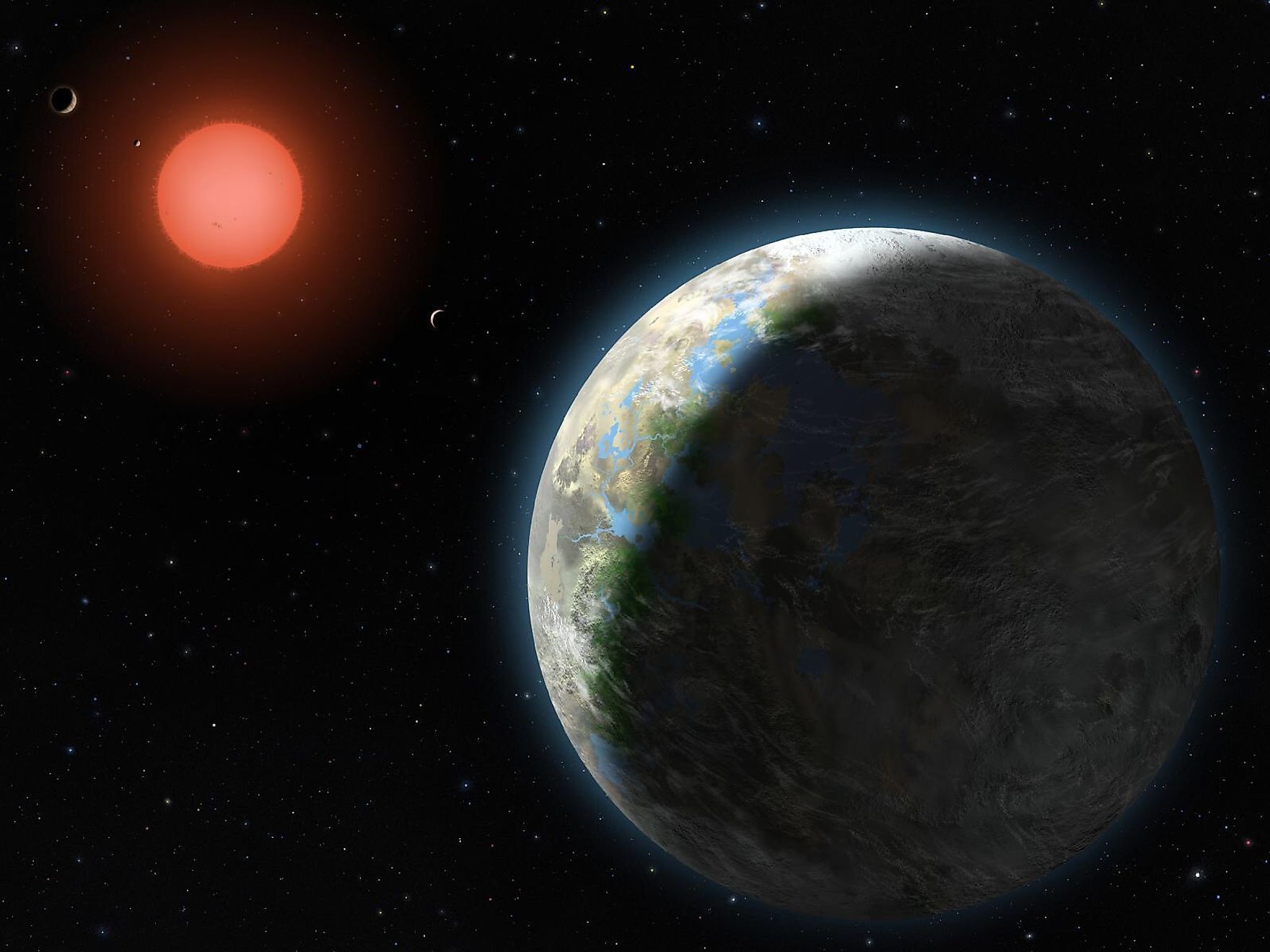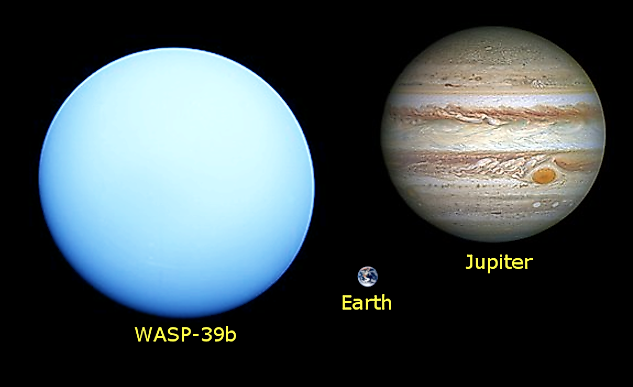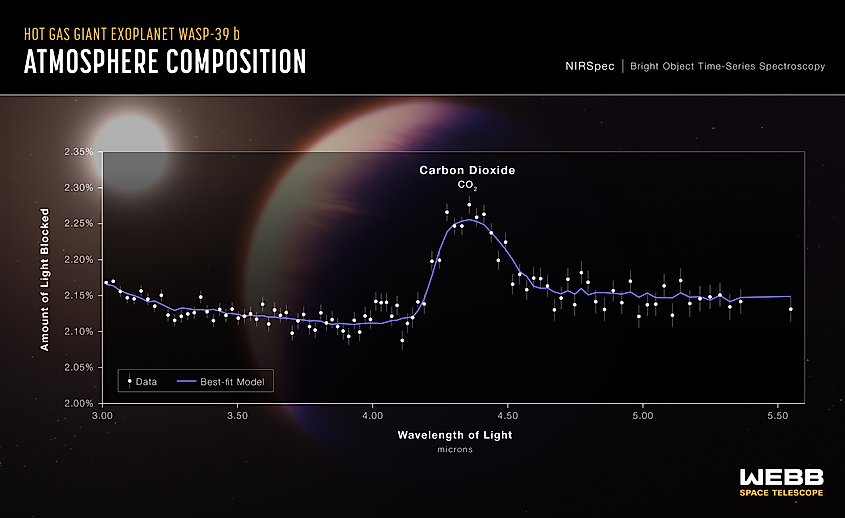
James Webb Finds Carbon Dioxide On An Exoplanet
The James Webb Space Telescope (JWST) has been in operation for less than a year, yet it is already making numerous discoveries that are not only advancing our understanding of the universe, but also changing our perspective as well. One area that JWST is transforming our understanding is the science of exoplanets. Exoplanets are planets that orbit stars other than our sun, and ever since the discovery of the first one in 1995, astronomers have confirmed the existence of over 4,000 exoplanets. Although so many have been discovered, studying exoplanets in detail has proven to be one of the most challenging areas of modern astronomy. Planets are tiny and dim, and most are impossible to directly image with current technology. However, scientists are now beginning to study the atmospheres of distant exoplanets in unprecedented detail, and that’s thanks to James Webb.
First Time Finding Carbon Dioxide On Exoplanets

JWST is the most powerful telescope ever built, and one of its primary objectives has been to study the atmospheres of exoplanets. It does this by observing starlight that passes through planetary atmospheres. As the light goes through an atmosphere, chemicals in that atmosphere will absorb and re-emit that light back into space. By capturing and studying that light, astronomers can determine what chemicals absorbed it and determine the composition of an atmosphere. While observing an exoplanet designated WASP-39b, Webb observed clear evidence of carbon dioxide in the planet’s atmosphere. This represents the first time that carbon dioxide has been detected in an exoplanet’s atmosphere. The exoplanet itself is a gas giant approximately the same mass as Saturn. It is classified as a hot-Jupiter due to the fact that it orbits extremely close to its parent star. Although WASP-39b has the same mass of Saturn, the heat from its star causes the planet to expand, swelling to a size larger than Jupiter. Since hot-Jupiters generally have puffy atmospheres, determining their composition is easier than for planets that have thin atmospheres. Although astronomers believe that JWST will be able to determine the atmospheric composition of smaller, rocky worlds.
Why Finding Carbon Dioxide Is Important

Finding carbon dioxide on an exoplanet represents a significant step forward in the search for habitable worlds beyond our solar system. As a greenhouse gas, carbon dioxide helps regulate a planet’s temperature, and if astronomers can detect it and determine how much of it there is in a planet’s atmosphere, they can determine how hot that planet is. Being able to detect carbon dioxide is an essential step in determining the habitability of Earth-like worlds around other stars.











